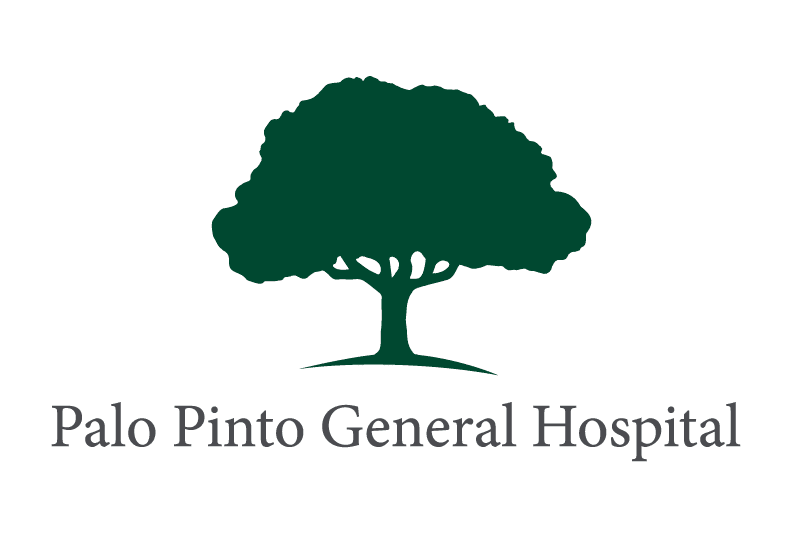

Carla Hay-Perdue, DNP, APRN, FNP, ANP-BC, NC-BC
Community Education Coordinator/ Family Nurse Practitioner at Palo Pinto General Hospital
March 31, 2022
Our rehab center at Palo Pinto General Hospital works with many conditions, including rehabilitation of people with neurological deficits and brain injuries. Chad Pittmon is a Palo Pinto General Hospital physical therapist who is fantastic at helping people with neurological problems. Chad uses an evidence-based 3-pronged approach. When improving the patient’s function, we use the terms: apoptosis and neural plasticity.
What is apoptosis?
Apoptosis is the body’s process of repairing, regenerating, and destroying damaged cells. Researchers have realized that understanding this process teaches us what the body needs to heal at the cellular level.
What is neural plasticity?
Neuroplasticity is the brain’s capacity to continue growing and evolving in response to life experiences. The brain can adapt or change by creating new neurons and building new networks. Current research shows that the brain can continue growing and changing throughout the lifespan, refining its architecture or shifting functions to different brain regions. As a result, it is possible to modify dysfunctional thinking patterns and develop new mindsets, new memories, new skills, and new abilities. In addition, people who have endured traumatic brain injuries have the capacity for the brain to change and heal. The brain can move critical functions from the damaged area to a healthy area and interconnect the two.
Rhythmic auditory stimulation
We have heard of the body’s inner clock, but did you know the brain has an internal clock also? The brain’s ability to keep time is critical for the billions of neurons in your head to communicate effectively. That is the foundation for everything you do in life, like how you think and move.
Rhythmic auditory stimulation provides a consistent, repetitive cue in which movements can be mapped and movement patterns held in form.
Every time the person taps, the brain takes the information, plans, sequences, and executes the muscle movements. We can use rhythm and music to activate damaged areas of the brain in a way to maximize a therapeutic outcome.
Nutrition and Supplements
Following a balanced eating plan high in vegetables, berries, nuts, olive oil, beans and lentils, and fish is good for brain health. Did you know that herbs have many ingredients that work together to support a person’s health? Some of these herbal foods are adaptogens. Adaptogens, by definition, do not have an active ingredient. Still, their ingredients work together to help the body handle mental and physical stress. With the discovery of apoptosis pathways, scientists began screening these herbs and other foods to find an ingredient that could be chemically modified. Knowing the apoptosis pathways that different foods affect enables us to select supplement ingredients to obtain the desired effect. Every day, the average healthy person removes 60,000,000,000 defective cells by apoptosis, self-digestion. Unfortunately, many diseases happen because defective cells are not identified by the correct apoptosis pathway and are either fixed or removed. For example, the disease can occur when aberrant or defective cells are not removed or repaired and allowed to grow. Certain foods we eat activate and provide nutrients for the Apoptosis pathways. Food-activated apoptosis pathways do this every day in healthy people to keep them healthy and free of disease. Some food supplements that can help are ashwagandha root, Withania somnifera root, astragalus, bacopa monnieri, Garcinia Cambogia, Gotu kola, and Kudzu root.
The father of medicine, Hippocrates, said, “Let your food be your medicine and your medicine be your food.”
Rhythm Breathing and Tai Chi – Tai Chi movements are calm, gentle, and graceful like a moving light silk fabric or a quiet, smoothly running creek. Deep Tai Chi breathing relaxes and enhances your body and mind. Tai Chi’s deep breathing practices activate the parasympathetic nervous system bringing us into a relaxed state.
The Quiet Breathing of Tai Chi activates the autonomic nervous system that relaxes us. The movement of the diaphragm almost entirely does the technique. It is belly breathing!
a. Breathe in using your diaphragm.
b. Hold your breath at the end for a few seconds
c. Breathe out. Let the exhalation be longer than the inhalation.
d. Hold your breath at the end for a few seconds.
Benefits of The Quiet Breathing of Tai Chi
- Increases the oxygen supply to the system.
- Increases the cortical activities of the brain
- Increases the coordinated actions of more neural networks.
- Deep breathing exercises increase chemicals in the brain that enhance emotion, meditation, and memory.
- It improves neural plasticity to improve memory and executive functions.
- Tai chi also promotes the development of neural pathways.
- Deep breathing releases endorphins, thus decreasing pain.
- Deep breathing also helps reduce inflammation in the body.
Our physical therapy department utilizes many evidence-based techniques to help you improve your health and achieve optimal functioning. For further information, please get in touch with us: (940) 328-6580
References
Amen, D. (2020). What is interactive metronome therapy? Retrieved from What is Interactive Metronome Therapy? | Amen Clinics
Liu, H. ( ) Tai Chi for health promotion.
McGrew,K. The importance of timing in the brain. Interactive metronome. Retrieved from Mental Timing Research – Interactive Metronome
